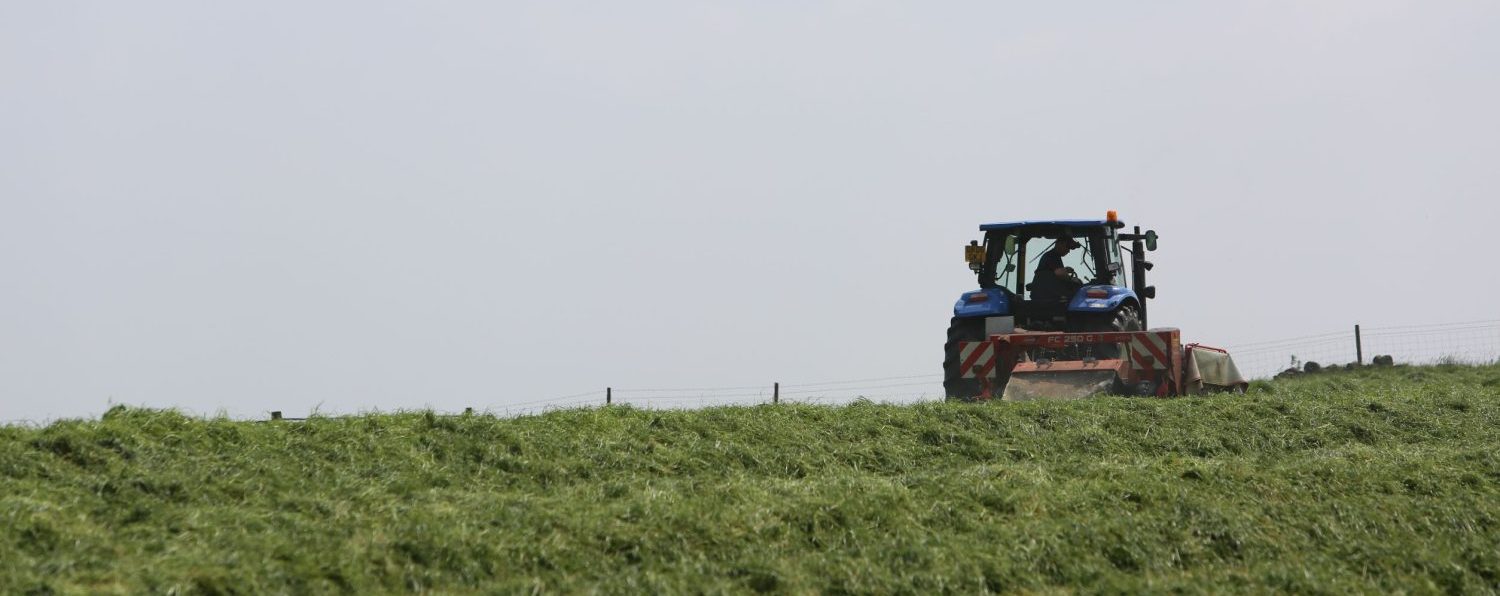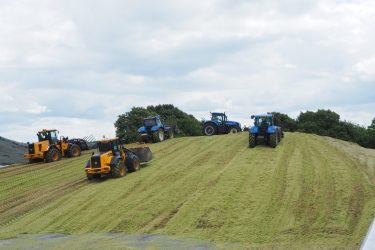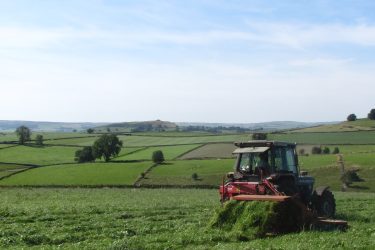This is the year to be on the front foot to obtain high-quality forage whilst balancing input costs. Here’s a quick guide to help you stay in control and make the most of your silage.
Timing
Plan the timings of your organic manure and fertiliser applications carefully, to ensure that uptakes of nitrogen and nutrients are optimised.
Assess soil conditions
Make sure your soil is at least 6°C to optimise nutrient uptake. Also, spread when the ground is firm enough to bear machinery, so that you do not create ruts, but not so dry that slurry stays on the grass, suffocating it and causing fermentation problems later.
Analyse your slurry
With costs rising so quickly, your on-farm organic manures are worth more than ever. 6% DM slurry will contain nitrogen, phosphate and potassium worth around £6 per tonne.
Don’t rely on book values or old data. Have your slurry analysed annually to determine its nutrient quality. If you alter the ration for your cows, then the slurry’s content and value will change.
Apply with care
The amount of nitrogen from slurry that is available to your crop is 46% lower than the total you apply. Optimise uptake by using an efficient application method, such trailing shoe, dribble bar or injection, and allow at least four weeks between spreading and cutting. If you use a spreader plate, leave at least eight weeks before cutting.
Fertiliser – aim to use what you have
This year, fertiliser could be in short supply, so plan how much silage you can grow using your current stocks. Calculate backwards from the tonnage you could potentially produce and assess whether this will support your cow numbers.
Consider the bigger picture by asking yourself these questions:
- Are you carrying surplus animals or poorer performing animals?
- Could you improve feed efficiency further or scale back to take control of key costs and make better use of the milk price?
Don’t forego fertiliser
Your goal is to make high-quality silage so that you don’t run out of valuable, protein-rich forage. For high-production dairy cows do not compromise silage quantity in favour of bulk yield – aim for an energy content of at least 11ME (MJ/KgDM). So don’t scrimp on fertiliser if it’s going to compromise your silage quality as you’ll spend up to £400/t on feed to keep your herd nourished.
Make the most of your fertiliser
Time the application of fertiliser strictly. If you don’t have enough for all fields, prioritise it to your higher performing land. Also, consider splitting dressings to before and after silaging, to reduce the risk of nitrogen leaching and to enable the crop to utilise nitrogen more efficiently.
Test and analyse
Always test grass samples prior to cutting to determine its quality. Lush greenery on the surface isn’t a reliable indicator. Analyse sugar and nitrogen quantities. Target grass sugars at 3% and nitrogen at less than 0.15% fresh weight.
If using a contractor for silage, inform them regularly of growth progress and quality, to allow you to give an estimated time for cutting
Prepare your clamp
While your clamp is empty get it ready for this year’s crop, aiming to make it as airtight and efficient as possible. For example, make sure your clamp walls are adequately sealed, using sheets if necessary. You’ll find in-depth information in our helpful article on how to avoid silage losses.
Consider silage additives
Generally, silage additives are designed to either
- Improve fermentation to increase protein and sugar content and reduce DM losses, or
- Reduce aerobic spoilage and losses. Some perform both functions.
Plan your use of additives carefully and you will improve your high-quality yield, but make sure your other silage-making processes are efficient first, or the money you spend will be frittered away by avoidable inefficiencies.
Stock up on spares
Finally, make sure your equipment is all working effectively and that you have spare parts on hand. You don’t want to be held up for crucial hours just because of a broken shear-bolt, for example!
We can help you
It can be difficult to control all of these elements, but we’re on hand to help you plan all processes so that you make the most of your inputs to maximise your outputs and your profits. Take a look at our Farm Business Conultancy service and contact us to find out more about how we can help you manage your business in these challenging times.






